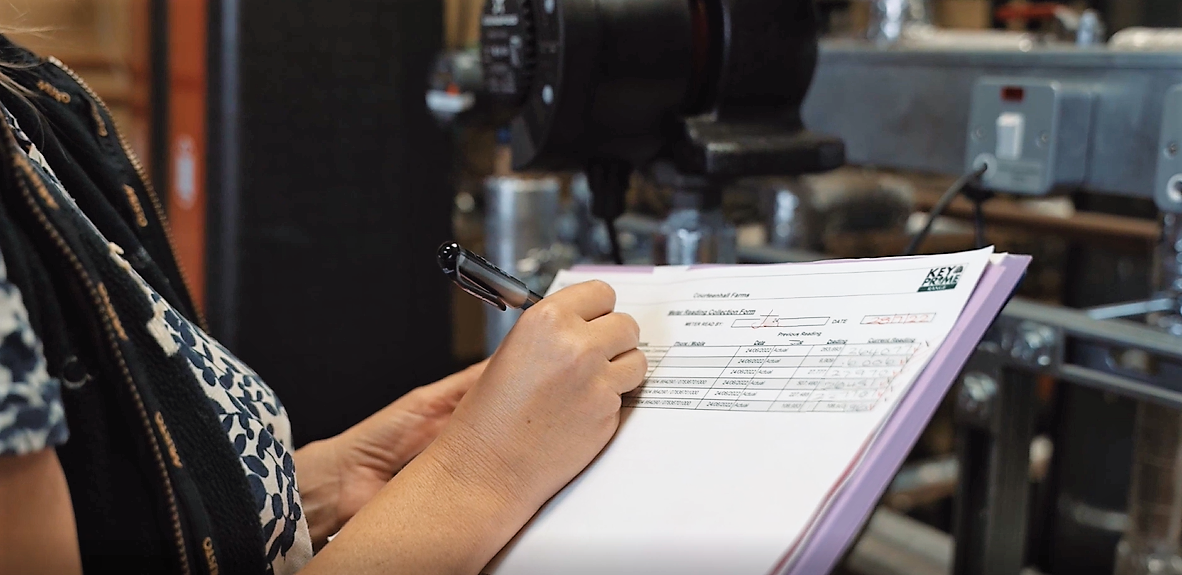This guide is intended for small and micro businesses who want to carry out a basic energy audit. Larger businesses with multiple locations can find more information on energy audits here.
Businesses are increasingly looking at new ways to improve energy efficiency. Not only can it lead to significant cost savings, but it’s also a great way to reduce your business’s carbon emissions.
An energy audit should be first on the agenda when you want to save energy and cut costs. Essentially, a business energy audit should look at your current energy consumption and pinpoint specific areas to improve.
Here, we explain everything a small business owner needs to know about energy audits. This guide will cover:
What is a business energy audit?
A business energy audit should assess how and where your business uses gas and electricity. The main aim of the auditing process is to identify energy-saving opportunities to lower your energy bills and make your business more sustainable.
For small and medium-sized businesses, a simple audit involves walking around your premises and completing a business energy audit checklist.
Typically, an energy audit business checklist covers areas like:
- Heating and air conditioning
- Insulation and ventilation
- Lighting
- Equipment
- Employee behaviour
And while there isn’t a strict rule for how often you conduct business energy audits, they certainly shouldn’t be seen as a one-off event. The best way to improve your business’s energy efficiency and reduce costs is to carry out regular audits.
The benefits of conducting an energy audit
Research by the Green Alliance found that UK office buildings spend millions every year on unnecessary energy bills because of energy waste. So while a business energy audit isn’t a legal requirement for organisations with less than 250 employees, small businesses shouldn’t ignore the long-term cost-saving benefits an audit can bring.
More than that, conducting regular energy audits highlights your commitment to sustainability which can be a real marketing asset and could give you the edge over your competitors. And you might even find they’ll boost company morale, with employees feeling motivated to suggest new ideas and projects.
How to conduct a business energy audit
You don’t necessarily need a technical background to conduct an energy audit; especially if you have a smaller business premise. Here’s a simple two-step guide to help you get started.
- Complete an energy audit business checklist
- Create an energy-saving action plan
1) Complete an energy audit business checklist
To carry out a business energy audit, you’ll need to walk around each area of your premises, inside and out, and complete an energy audit checklist. For some businesses, it might be useful to do this at various times of the day to get a better understanding of your energy usage.
Every business and location is different, so there isn’t a one-size fits all checklist when it comes to energy audits. The checklist should allow you to note the condition and functionality of everything in relation to your business premise, including the building structure and all the equipment your business uses. From these notes, you should be able to identify new energy-saving opportunities you might have otherwise missed.
Business Energy Scotland, a government-funded organisation, has created a comprehensive energy audit checklist which you can download for free. You can then choose which sections apply to your small business.
Remember: Make sure you’ve assessed any potential health and safety risks before walking around your business premises.
2) Create an action plan
With the notes and comments from your energy audit checklist, you can begin to formulate an action plan to correct your energy oversights.
Identifying the ‘quick wins’ should be the first step of any energy-saving plan. You want to look out for the most simple and often inexpensive things you can implement that will encourage positive changes.
From there, you can list all other opportunities identified in the checklist and compare the potential savings to prioritise your next steps. To calculate the potential savings, you’ll need to do some research. For some of the more common energy efficiency improvements, a quick web search should give you a good idea of the estimated cost savings. But for larger and more complex energy efficiency projects, you’ll need to speak to suppliers and installers directly to understand the savings.
Top tip: Involve your staff from the beginning and be sure to communicate your plan with key suppliers and customers. If you’re taking steps to improve efficiency and do your bit for the environment- shout about your efforts!
